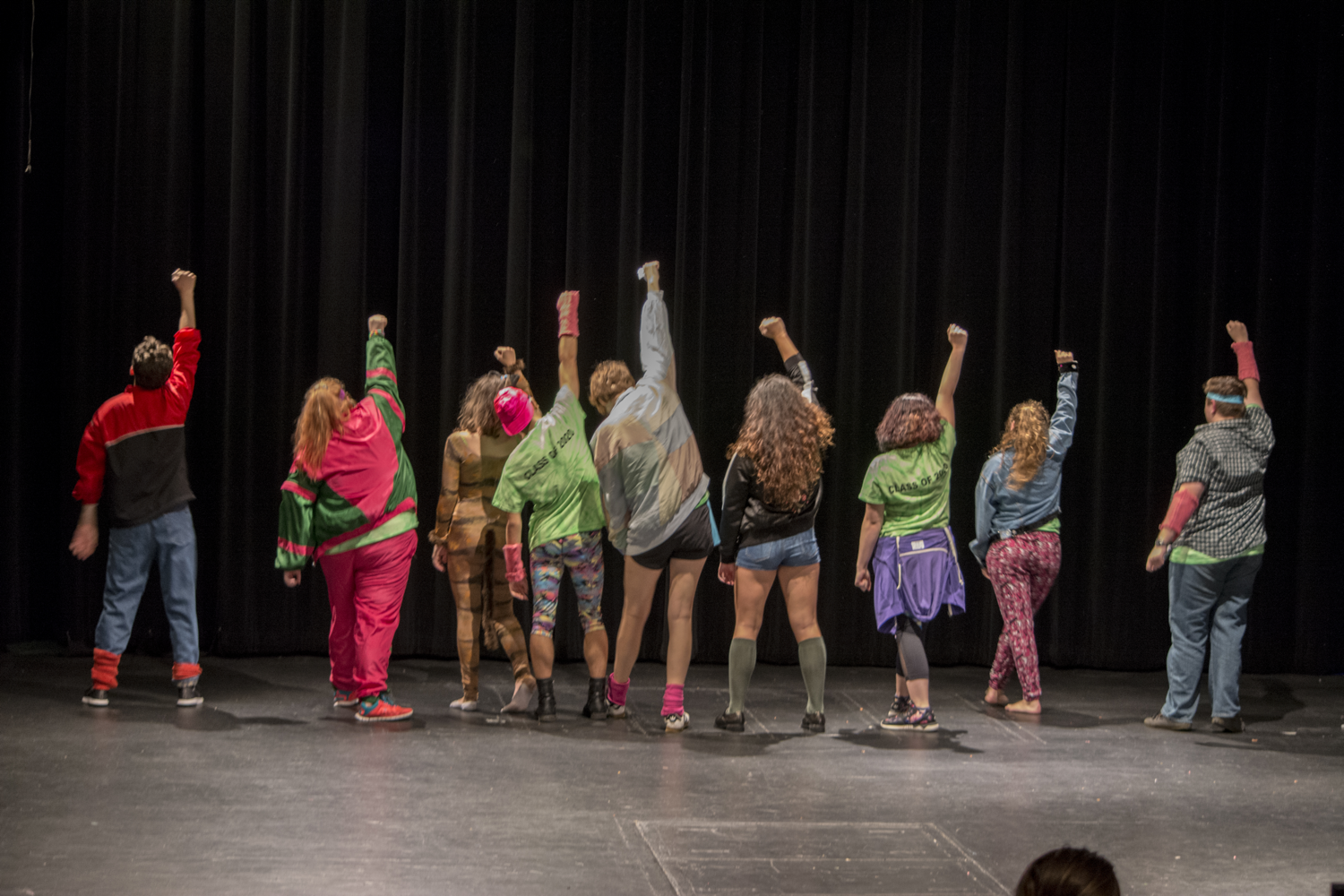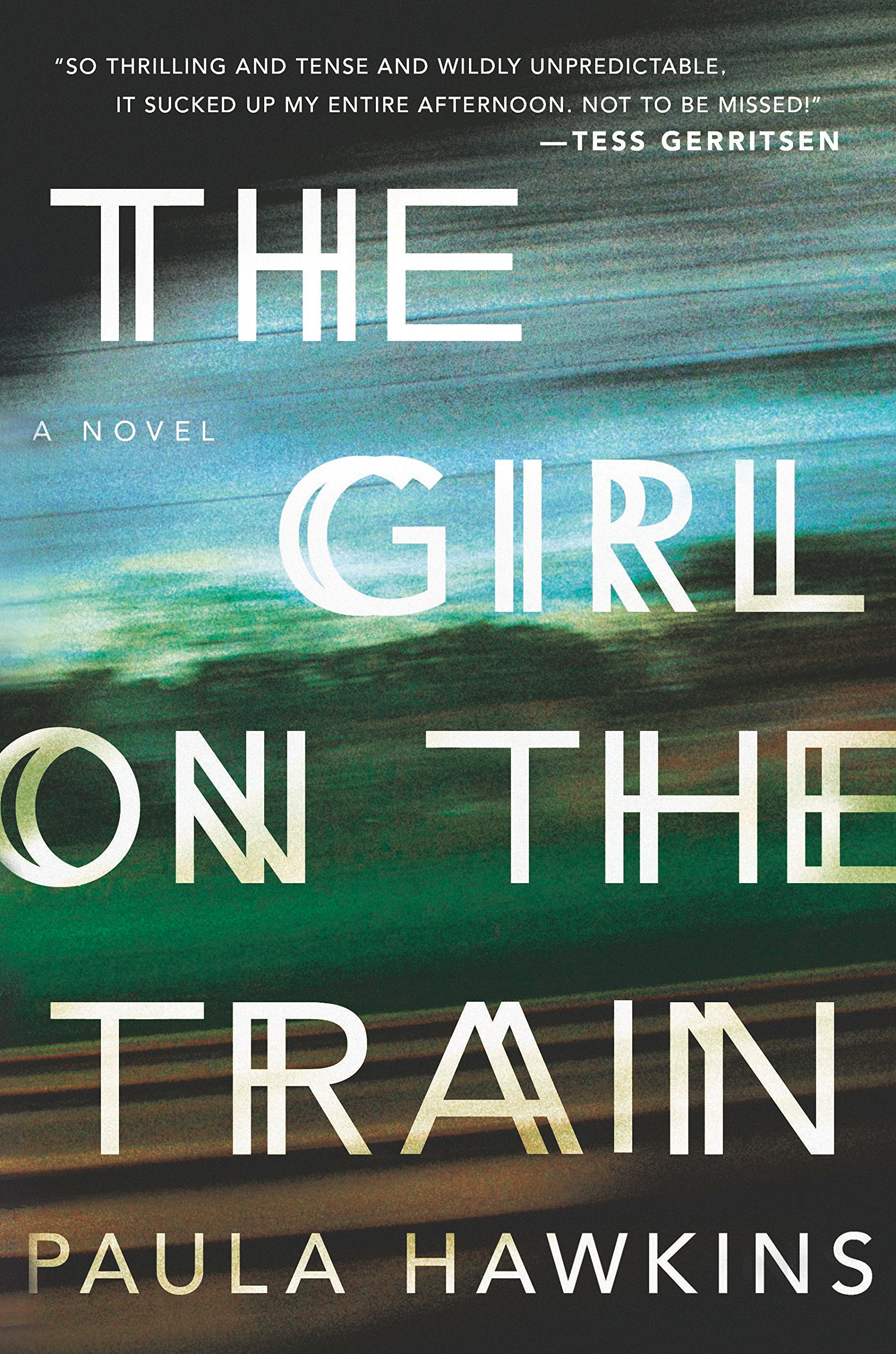Be a man. Stop with the emotions. Man up. Suck it up. Don’t be a sissy. Boys don’t cry. These are the things young men and boys often grow up hearing. But how does that affect them and what kind of world does it create? How much of masculinity is a reaction to societal norms? What are the consequences for boys and men who spend their lives wearing “the mask?”
On November 13, in Eddy Theater Chatham University’s own Psychology of Gender Research Team screened a film that took on those questions. Although the experiences and backgrounds differed, the answers came to a grave consensus. As Joe Ehrmann frankly said, “The three most destructive words that every man receives when he is a boy is when he’s told to be a man.”
“The Mask You Live In” is a Documentary made by Jennifer Siebel Newsome of The Representation Project. Venturing into classrooms, playgrounds, locker rooms, college campuses, and even prisons, filmmakers explored what a “real man” has been defined as in America and the consequences for boys and men. Gaining perspectives and hearing the experiences of boys and men all ages and backgrounds, the audience in Eddy gained a look inside of what is behind “the mask.”
What exactly is this mask exactly? Not something apparent to the naked eye, but a façade that young men are told they must wear for most of their lives because what’s often behind it: pain, sadness, loss, and emotion are feminine and not acceptable. Something forces young men to grow up, hiding their pain in helmets and locker rooms.
In a not-often-seen way, the men and boys interviewed shared what was behind their personal masks and how they were made. Grown men spoke of abuse they had experienced at the hands of their fathers and sometimes their mothers. The film explores how once vulnerable and innocent faces can wind up on the news or in prison for unspeakable crimes. One of many examples was what one psychologist called “The Great Setup” meaning from a young age boys are taught that to be a girl means inferiority and weakness, yet we as a society are surprised when men and boys behave violently towards women and girls.
Through anecdotes and statistics the documentary sheds light on the danger that has come from linking respect and control to violence. It also challenged quite a few common misconceptions American society has about what young boys need. Showing that contrary to popular belief in some cases having relationships with one’s father is more damaging than having an absent father.
Startling and at times heart wrenching facts were revealed: that boys experience depression and suicidal thoughts at a similar rate to girls, but the difference is in how it’s expressed. The inherent danger in a world where the only emotion men are allowed to express is anger. Substance abuse sometimes occurs with boys and men, not to feel good in some cases, but to feel nothing. Girls hurt themselves; boys hurt others and are less likely to get treatment. Boys and men are highly unlikely to report being abused. Additionally, unfortunately the first places men start to explore masculinity and their “masks” is behind bars.
However this is not always the case. There were men in the films who were able to remove their masks before doing permanent damage to themselves or others. Some chose to be different than their fathers and their fathers’ fathers. The documentary also featured coaches and activists and their takes on how to help boys become well adjusted men.
Jason Lucarelli, a student in the Masters of Psychology program, played a key role in putting together the event and he explained that while growing, despite having a supportive family, he occasionally felt pressure to suppress his own interests because they differed from that of his male peers. Because of his area of study and his background, this film was important for him to show because, “While traditional masculinity has and will in many ways continue to cause the oppression of women, we need to examine the effects of traditional masculinity on men. We need to examine the consequences of distancing oneself from one’s true feelings and emotions in order to convey stoicism.”
Before its release, the documentary was subject to criticism; it and those who made it were accused of trying to “feminize” boys.
“My first response is that it’s ridiculous and heterosexist and is probably coming from individuals who have little to no understanding of the realities and influences of gender inequality,” said Lucarelli, in response to this criticism. “My other response is that it is a perfect demonstration of how problematic the gender binary can be. Gender is a social construct and sadly many members in society view sex and gender as the same thing and in doing so confine males and females to stereotypical gender roles.”
The event was Sponsored by Psi Chi, AWP Pittsburgh, SPW Campus Representatives, and The Women’s Institute, in collaboration with a number of student organizations.









